Best Practices Articles

Partner Marketing Automation Roll Out – 5 Critical Choices You Should Make
Many vendor organizations today are considering the implementation of end-to-end partner marketing automation tools. What’s more, many have already put in place a set of point-tools that are trying to make them all work together. The key for both of these scenarios is to make sure that partner marketing automation doesn’t take a life on its own and serve as a means to an end. The primary purpose of a partner marketing automation platform is to drive profitable growth, so yes, it must increase your partner-led demand generation activities, but it also must reduce costs by introducing more streamlined processes and greater efficiency. However, the success of a partner marketing automation platform depends directly on organizations’ following specific, sequential steps in order to deploy such capabilities globally. The following is a brief overview of the five critical choices a vendor organization must make before an integrated partner marketing automation platform can be deployed worldwide.
- Plutocracy vs. Democracy - When you are planning to build your pipeline via your partner network using partner marketing automation, the first question to ask is ‘who sells my product?’ Do the majority of my sales come from 20% of my partners? If that is the case, then you should focus first on enabling the top tier partners who do most of the selling. Making them more efficient will be the logical way to get results from rolling out your partner marketing automation. On the other hand, if half of your partners do half of your sales then you will have to roll out partner marketing automation for most of your channel. In both cases, eventually you want to make sure the partner marketing automation platform can be available for all partners but, in the beginning, being selective and applying a strategic focus helps you to get to those wins faster, and promotes success to drive broader adoption at a later stage.
- Global vs. Local - The next question for deployment of your partner marketing automation platform is where does it make most sense to launch? While launching in a large market like the US or Germany or China has the benefit of high volume and high opportunities, there are times when you may be better off launching into smaller market such as Canada or Singapore. This highly targeted approach allows you to test campaigns and perfect your messaging and positioning before you undertake a mega launch of your partner marketing automation. At ZINFI we have often seen global teams roll out campaigns that are barely used at individual country levels. This waste of resources can be easily avoided by taking a strategic approach about when to launch local as opposed to global campaigns.
- Quarterly vs. Bi-Annual- The next critical question is the ideal frequency of your campaign refresh rate. Most companies launch multiple products and solutions every quarter but often less is more. So, before you load up a continuous stream of fresh assets into your partner marketing automation platform, the key is to make sure you have the right assets to enable the right partners be most successful, and that will also enable your local country teams to prioritize what they know is most effective for their particular geography. One of the best ways to balance the tension between not enough fresh content and not overwhelming your partners with too much, is to take a bi-annual approach – a first half and second half refresh. This gives you breathing space to align your sales incentives over a period of six months rather than rushing to meet quarterly deadlines, which may suit the transactional nature of SMB-focused product but don’t allow you enough time to gain traction with co-initiatives in the enterprise space. So, thinking through your campaign upload and refresh is critical for partner adoption and success.
- Manual vs. Automated - We at ZINFI provide complete end-to-end partner marketing automation capabilities at a flat price. However, we recommend to our customers that even if they have the access to a comprehensive set of automation capabilities, it may not make sense for them to switch everything over from their current manual processes. An example would be to move a campaign in a box, with incentives, collaterals and more to a fully automated delivery process. There are two reasons for this - first, it takes time from the vendor standpoint to get consensus on what to load into the tool, so even if the initial set-up only takes minutes, it will take a long time to achieve alignment internally on what campaigns to load into the partner automation tool. Secondly, it is easier to roll out one or two new tools per quarter for a core group of partners and ramp from there, rather than launching a plethora of campaigns or assets and tools all at once. The goal is to build rolling thunder. Rome wasn’t built in a day, and it doesn’t make sense to expect a deployment of your partner marketing automation platform to be successful globally and overnight.
- Tactics vs. Initiatives - Last but not least, one of the most important things to think about is how you align your sales initiatives behind the marketing tactics (email, event, search, social, etc.) that you will provide to your channel. Without a comprehensive alignment of the two, much of the potential of your partner marketing automation platform will remain unrealized. For your partner to see value in your partner marketing automation platform it must achieve two primary objectives. First, it should make running campaigns significantly easy/easier, but it should also streamline the process for sales reps at your partner organizations to follow-up with leads, close, report and receive sales incentives. Closing this loop is incredibly powerful and organizations that pay extra attention to making this happen get a lot more value from their platform than those who don’t.
In summary while the very purpose of a partner marketing automation platform is to give you the ability to drive growth through your partner network at a lower cost, there’s more to it than that. To achieve this goal, an organization must think through the partners to who they will deploy the platform, what parts of the world will adopt the platform most readily and in what order, which campaigns must be loaded and why, and how sales incentives should be aligned to reward closure. Once these choices are judiciously made, your partner marketing automation platform is almost guaranteed success.
Best Practices Guidebook
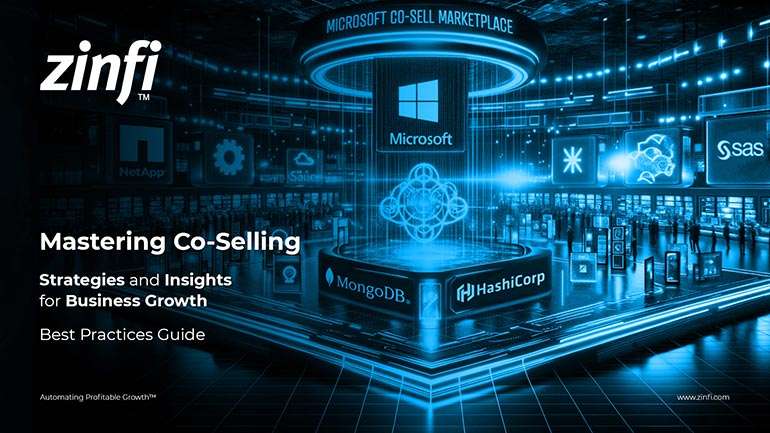 Mastering Co-Selling Best Practices
Mastering Co-Selling Best PracticesDownload Guide
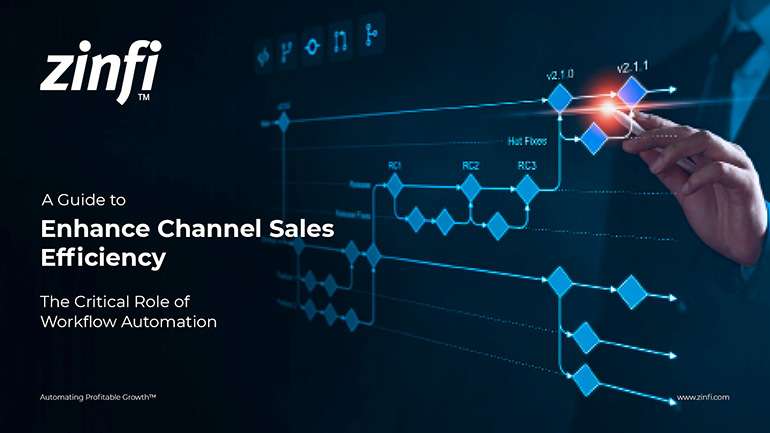 A Guide to Enhance Channel Sales Efficiency
A Guide to Enhance Channel Sales EfficiencyDownload Guide
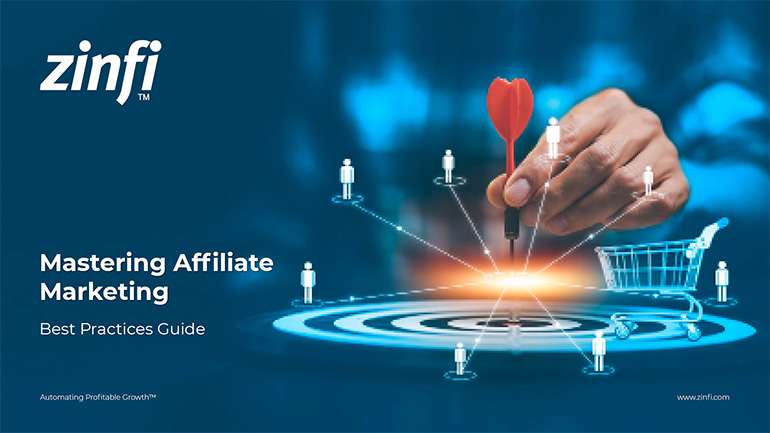 Mastering Affiliate Marketing Best Practices
Mastering Affiliate Marketing Best PracticesDownload Guide
 The Ultimate Guide to Channel Partner Management
The Ultimate Guide to Channel Partner ManagementDownload Guide
 Top 10 Trends in 2024 Partner Relationship Management
Top 10 Trends in 2024 Partner Relationship ManagementDownload Guide
 Building Bridges: Best Practices in PRM
Building Bridges: Best Practices in PRMDownload Guide
 Mastering Channel Marketing Best Practices
Mastering Channel Marketing Best PracticesDownload Guide
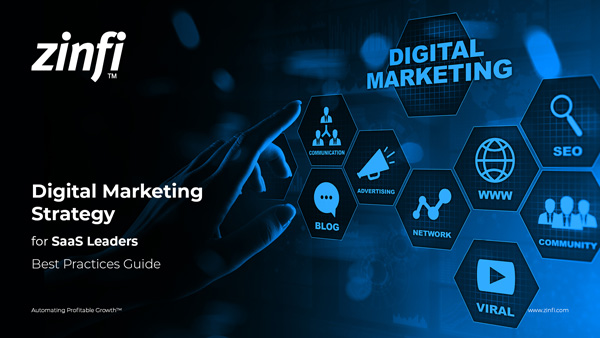 Digital Marketing Strategy for SaaS Leaders
Digital Marketing Strategy for SaaS LeadersDownload Guide
 Mastering Partner Management Best Practices
Mastering Partner Management Best PracticesDownload Guide
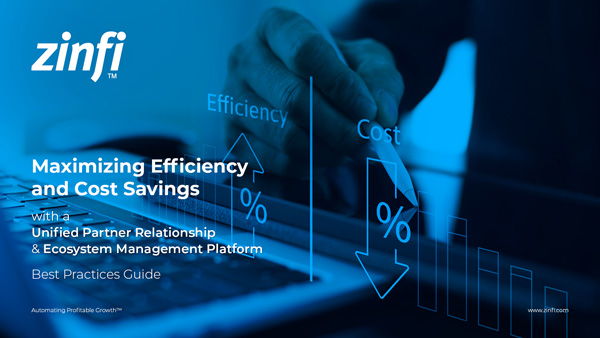 Maximizing Efficiency and Cost Savings with Partner Ecosystem
Maximizing Efficiency and Cost Savings with Partner EcosystemDownload Guide
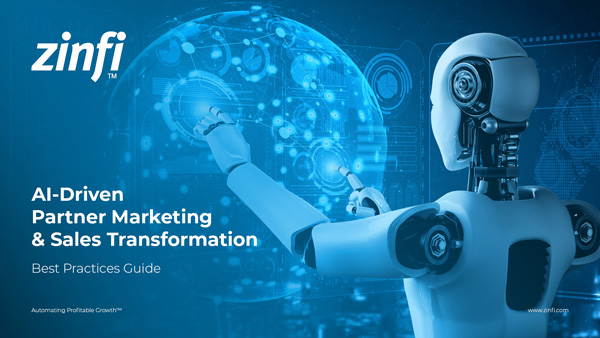 AI-Driven Partner Marketing Best Practices
AI-Driven Partner Marketing Best PracticesDownload Guide
 Agency Partners Best Practices
Agency Partners Best PracticesDownload Guide
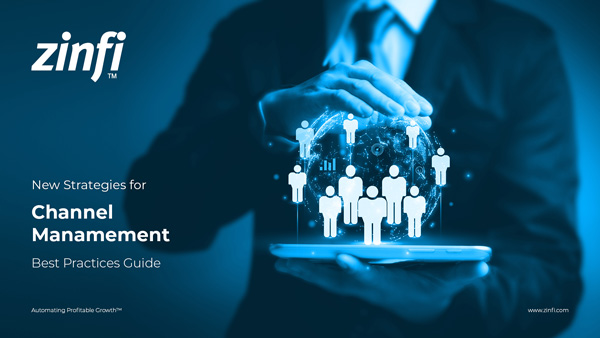 New Strategies for Channel Management Best Practices
New Strategies for Channel Management Best PracticesDownload Guide
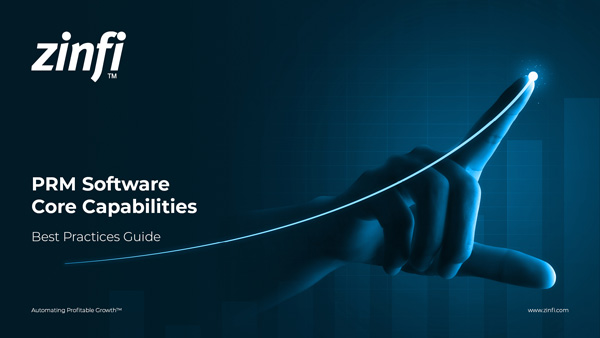 PRM Software Best Practices & Core Capabilities
PRM Software Best Practices & Core CapabilitiesDownload Guide
 AI-Powered Marketing Strategies Best Practices
AI-Powered Marketing Strategies Best PracticesDownload Guide
 Partner Onboarding Best Practices
Partner Onboarding Best PracticesDownload Guide
 Affiliate Marketing Management Best Practices
Affiliate Marketing Management Best PracticesDownload Guide
All Guidebooks






